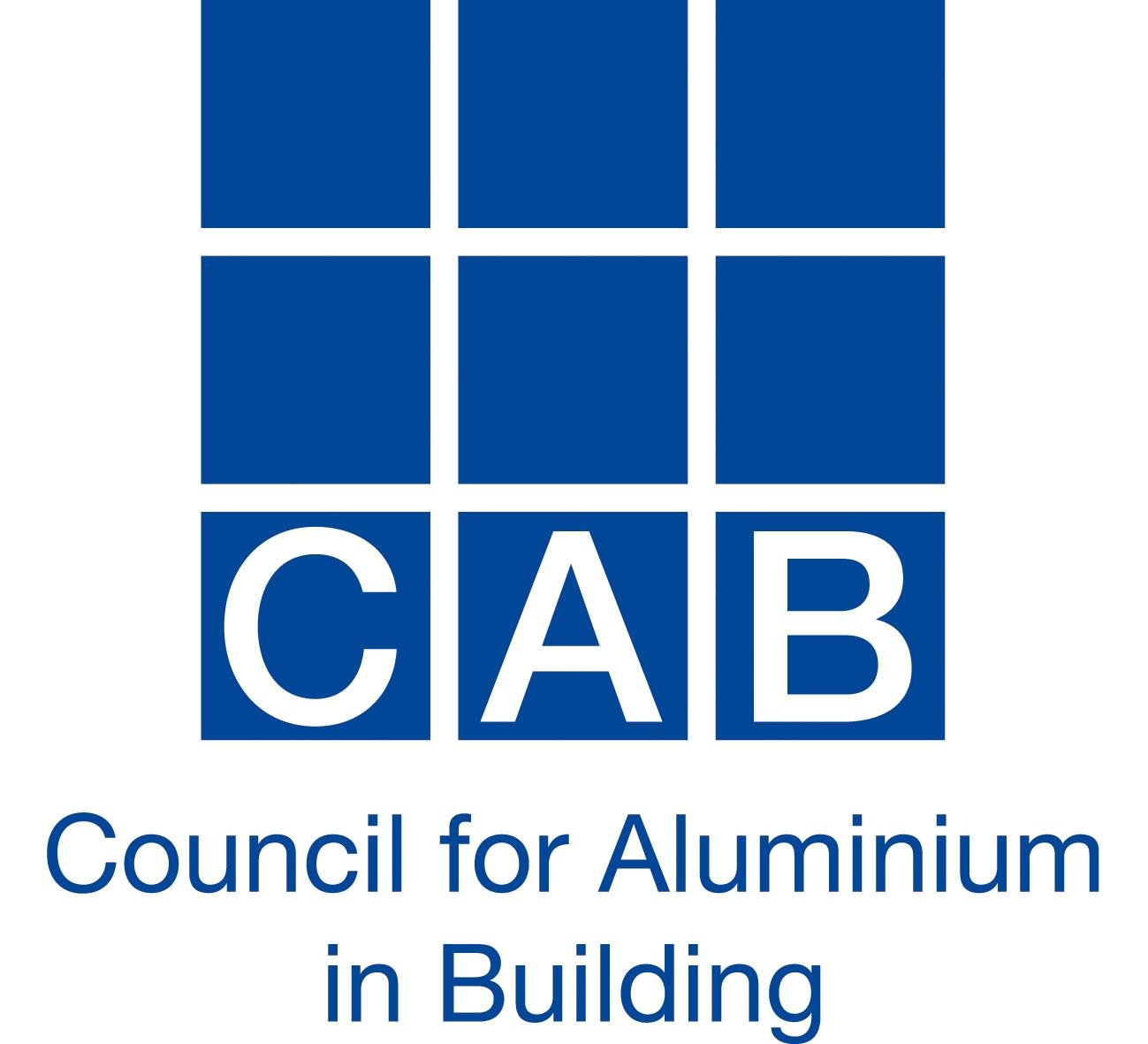Rise of the Passive House
We are seeing, on a more regular basis, buildings being constructed to meet ‘Passivhaus’ design, but what is it and how does it affect the new build and home improvement markets? Whilst it may be considered by some that this is just a concept for expensive new build, this couldn’t be further from the truth. The principles of the voluntary ‘Passive House’ designs are equally relevant to commercial construction and property refurbishment. Many architectural practices now have dedicated architects who are trained in the design philosophy by the UK’s Passivhaus Trust.
So what is Passivhaus and importantly, how is it going to affect our fenestration industry?
A staggering 35% of our total global energy consumption is used in buildings, significantly cutting this will drastically reduce our carbon emissions. A Passivhaus certified building is optimised for a decarbonised grid and offers living and working spaces for health and wellbeing. This high level of occupant comfort uses very little energy for heating and cooling. Insulation plays a major role but this is only one of the five principles of Passivhaus design.
Whilst ‘Passivhaus’ is commonly considered as a German innovation, in fact, it was an American physicist, William Shurcliff who in 1982 published a book “The Saunders-Shrewsbury House,” in which he describes the concepts of “super-insulation” and passive solar as “passive house.” In the late 1980s a passive house movement had emerged in North America, but, shortly after America lost its appetite for energy conservation, Germany picked up the reins. A German physicist Wolfgang Feist refined the passive house concept to further improve efficiency and proposed a passive house concept with an annual energy demand of just fifteen kilowatt-hours per square metre of floor area.
Window insulation and airtightness is a major requirement in Passivhaus design needing a minimum of requirement of triple glazing for doors, windows and curtain wall. Aluminium, you may be surprised to know can perform exceptionally well at high insulation levels using wide thermal breaks, inserted insulation and wide window seals. Some aluminium window systems can get down to a Uw of 0.55 W/(m2K) and door systems down to a Uw of 0.65 W/(m2K). Whilst these high performance systems come at a premium, the principles of design are now well known and aluminium plus polyamide thermal breaks are relatively quick to design and cost effective to produce, unlike window systems in alternative materials. With today’s advanced powder coatings these systems can perform well over several decades.
Passivhaus principles and low-carbon construction take a ‘fabric first’ approach, basically there is no point in using alternative heating systems until the whole building fabric is designed for minimal heat losses. There are five principles that need to be introduced into the building before minimal heat sources can be considered. We must also remember that at certain times of the year, even in the UK, we also need to ensure we can keep the heat out in the extremes of weather.
Air tightness to reduce draughts through building structure interfaces and fenestration helps isolate the living/working space from the exterior. Good quality and effective insulation of walls, ceilings and floors, will also ensure that the interior space remains isolated in extremes of temperature. Often between building interfaces, thermal bridging can occur where insulation areas are interrupted, these areas need very careful design. Designs of window reveals is particularly relevant here, including the window cill and head to ensure that the window frames high thermal perimeter performance is not reduced by poor installation and reveal design. Then to the window systems themselves, high thermal performance systems that are located to take advantage of solar gain but not to extremes.
Once we have the building airtight and thermally efficient, air changes are crucial and these can be achieved by using MVHR (Mechanical Ventilation with Heat Recovery) which provides fresh filtered air into a building whilst retaining most of the heating energy that has already been used in the building. These systems currently can be up to 85% efficient.
So for new build and home improvement, where does that place our current supply chain for homeowners?
As we rapidly move towards Passivhaus, or very low energy homes, window installers will need to consider window reveal designs to ensure ‘cold bridging’ does not occur, whilst also maintaining the thermal performance of the window frame. This will increase costs of installations as changes to the reveals may be necessary. The opportunity for the home improvement supply chain is quite considerable when you consider the opportunities of upgrading the building insulation and installing MVHR systems alongside replacement doors and windows.
The landscape is changing rapidly and there are opportunities for businesses to range build and meet the market demand for the new era ahead. Here at CAB we will be keeping our membership informed of developments and pending changes in legislation. Why not consider joining the Association and be recognised as being involved in and helping too shape the future of our Industry. More information on our website at c-a-b.org.uk


